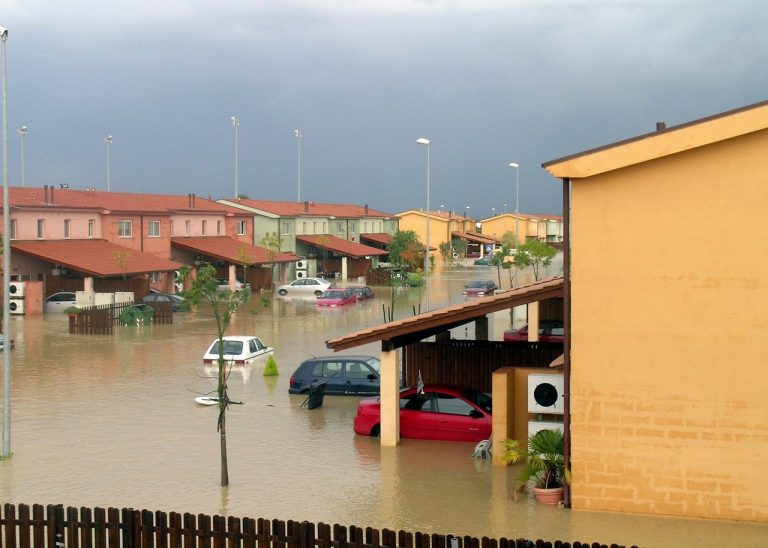With the increase in hair loss problems recently, hair transplant operation has become a popular treatment option for many people. Hair transplantation helps people who have lost their hair, especially by experiencing intense hair loss, to regain their self-confidence. The loss of bushy and dense hair that a person had in his former life negatively affects his psychology. Today, the most effective way to treat hair loss and baldness is hair transplantation. Although hair transplantation operations are carried out all over the world, Turkey is seen as the center of hair transplantation operations. Due to the use of advanced technologies, economic prices, and quality results, Turkey is at the center of the attention of people who are interested in hair transplant operations.
What is hair transplantation? Why is hair transplantation done? Is hair transplantation the only solution to the problem of baldness? What are the important points that people who want to have a hair transplant should know? We will include the answers to your questions in our article.
Will Hair Transplantation Work for You?
Before having a hair transplant, you need to understand whether the treatment is working for you. The first important point of successful hair transplantation is that there are sufficient hair follicles in the donor area where the roots are taken and that the hair follicles are strong. Another important point is the professionalism of the team that will operate. In individuals who do not have any health problems and live healthily, the transplanted hair grows at a high rate.
Why is Hair Transplantation Often Recommended for Those with Baldness?
Hair loss is increasing worldwide and Turkey, which is frequently preferred for hair transplantation, has trained many experts in this field.
The common point of people who want to have hair transplantation is that they want to regain their self-confidence by regaining their old hair. The individual, who had thick hair in his previous life, loses his old image with the loss of his hair.
For this reason, hair affects the person sociologically and psychologically. From a sociological point of view, hair is an element that can be noticed at first glance and can make a difference, but with the hair shedding, the individual loses his old image/appearance in society. From a psychological point of view, the individual loses his self-confidence with the effect of losing his old appearance. For this reason, people who perform hair transplantation operations feel much better by regaining their old appearance after a successful operation.
Is the Hair Transplant Procedure Painful?
The pain you experience during the procedure is quite mild, especially compared to the pain experienced during many aesthetic operations. Many say that the procedure takes only 3 months to recover. You will feel some pain for a few days after the procedure, but that will be nothing compared to the pain you will experience while growing out your hair.
Is FUE the best technique for hair transplantation in Turkey? – In answer to this question, yes, FUE is indeed the most preferred method by experts in follicular unit transplantation. The most important difference between FUE and other similar procedures is the higher success rate.
How Much Does a Person Who Wants to Have a Hair Transplant Have to Spend for Each Graft?
The cost of hair transplantation varies according to the specialists who will do the procedure for you. Specialists are usually highly qualified and experienced medical professionals. When speaking to any surgeon, be sure to ask how many procedures each specialist does each year and what areas they specialize in. If you intend to have a hair transplant in Turkey, many clinics in Turkey do not charge you per graft. The number of grafts to be added varies from person to person.
Can You Get an All-Inclusive Package in Turkey?
The most popular clinic offering all-inclusive packages is Now Hair Time. If you are considering a hair transplant, you can expect your treatment to cover the cost of all the equipment and any other extra costs incurred.
Hair loss worldwide is not a new phenomenon. It has been known since the 19th century. However, with the development of modernity and technology, this type of hair loss has become moderately widespread. As the population ages, the number of patients experiencing hair loss will also increase. For this reason, more and more people around the world are turning to the city of Istanbul in Turkey to have their hair transplanted.
Choosing the Right Clinic
If you want a satisfactory result from a hair transplant in Turkey, you need to find a clinic that can offer you a comprehensive treatment plan. This treatment plan should include a long-term plan and a short-term plan. The short-term plan is designed to meet the immediate needs of the patient. On the other hand, a long-term plan can address both the symptoms and the underlying cause of hair thinning.
Hair transplantation, also known as hair transplant or body hair transplant, is a medical procedure that is surgically performed to transplant hair follicles from a specific area of your body known as the donor area to a specific bald spot on your body called the recipient area. However, as Now Hair Time, we do not use the body as a donor area. The procedure is mainly used to treat male pattern hair loss. However, some women also have hair transplantation for cosmetic purposes. If you are planning to have a hair transplant, you should know the different methods, advantages, and disadvantages.
Hair Transplantation Advantages and Disadvantages
One of the many advantages of hair transplantation is that it is very effective in the treatment of hair loss and baldness in both men and women. When a bald patient performs a successful hair transplant operation, he will feel a huge difference in his appearance and his self-confidence will be restored. However, hair transplantation also has some disadvantages. It is the easy formation of scars on the scalp of the patient. This scar can last for years. Therefore, you should make sure that the professional performing the surgery is certified and has sufficient experience and knowledge in hair transplant procedures. For this, you must check the previous and next results of that clinic or doctor one by one and make sure that they use the latest technology equipment.
Hair Transplant Cost
Another important issue to consider is the cost of hair transplant surgery. Although general anesthesia is used in most clinics, some may prefer to use local anesthesia. Prices will vary depending on the geographic location of the clinic as well as factors such as experience, skill, and success rate of each graft. However, as we have said above, there is absolutely no fee per graft in Turkey. Some patients reported that using a local anesthetic increased their satisfaction with the procedure, while others saw no difference.
Hair transplant surgery can be a complex process, but those who have it are satisfied with the results. With the help of your surgeon, you should be able to get exactly what you want and grow your hair where you want it. You should do your research and find a surgeon who is experienced and reputable to deliver the results you need.











 Bitcoin
Bitcoin  Ethereum
Ethereum  Tether
Tether  XRP
XRP  USDC
USDC  TRON
TRON  Lido Staked Ether
Lido Staked Ether  Cardano
Cardano  Avalanche
Avalanche  Toncoin
Toncoin  Solana
Solana